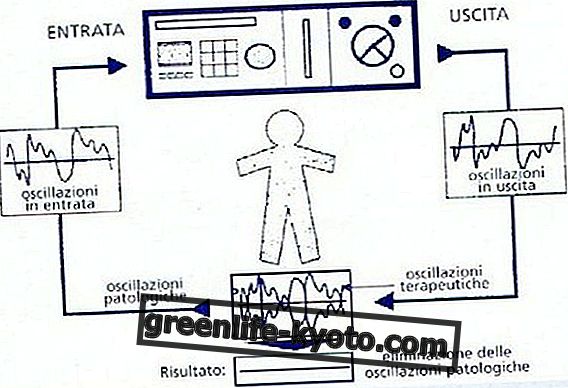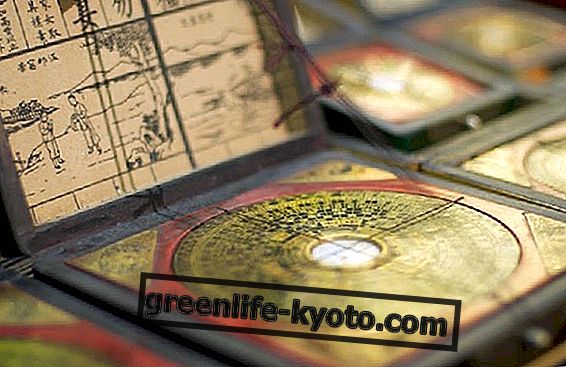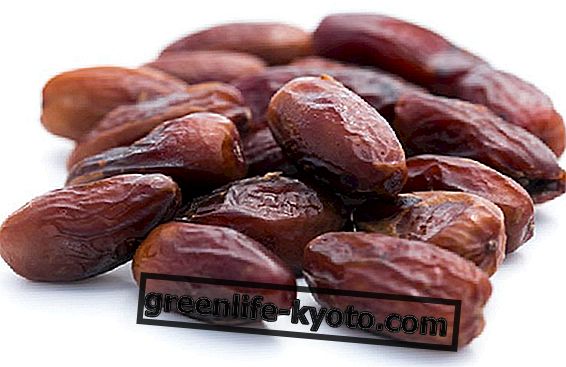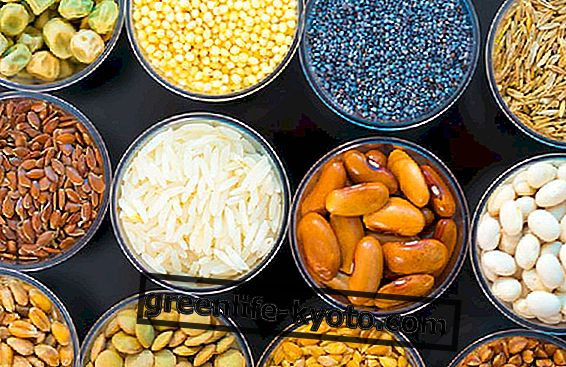
It could seem a nutritional contradiction: bread has always been considered a source of carbohydrates, with all the implications that this entails in the correct budget of a meal or a snack .
But, as we know, research and culinary creativity have no limits, and now we have a special type of bread, suitable for certain diets ... or for the greedy curious, both in the large-scale retail trade and from the baker in the house (almost all). This is the protein bread: let's see together in brief properties and benefits.
Protein bread: nutritional properties
Protein bread is produced with a mixture of seed and legume flours, such as sesame seeds, flax, pumpkin, soy, with the addition of very little cereal flour such as oats, as well as seed oil from sunflower, in some cases soy milk and yeast.
From the nutritional point of view, these are the properties of the protein bread, considering an average of the products currently on the market; therefore, 100 grams of protein bread are contained:
> 253 calories cca;
> 16 g of fat;
> 7.5 g of carbohydrates;
> 20 g of protein.
To better appreciate the differences with the common bread, remember that in 100 grams are contained:
> from 3 to 10 g of protein;
> between 50 and 90 g of carbohydrates;
> a caloric intake between 300 and 400 calories, depending on the type of flour used.
Protein bread: the benefits
The "bread purists", including my father baker (Mr. Farina ... nomen omen), will be wondering why make a bread that has the same proteins as a steak .
I hear their objections: "Why don't you eat eggs or pulses directly?" Very true and legitimate.
However, there are different health situations in which carbohydrate consumption is drastically reduced, and a protein bread could satisfy the palate without damaging the diet prescribed by the doctor. Here are some examples:
> Some neurological pathologies;
> type 2 diabetes ;
> diseases affecting carbohydrate metabolism, eg GLUT1 deficiency syndrome;
> some special food routes (for example the ketogenic diet );
Even for those who are not "on a diet", many can benefit greatly from the use of protein bread, here are some categories of people:
> Athletes who want to increase the protein content for recovery of activity and muscle mass;
> those who are attentive to the consumption of fiber, since the protein bread is particularly rich;
> those who need to maintain a correct body weight, since the proteins - contained in the protein bread in large quantities - promote satiety;
There are few warnings and possible contraindications, but we always advise the doctor in particular situations:
> the proteic bread may not be suitable for those suffering from celiac disease because it contains wheat and gluten;
> attention to allergies : the protein bread may contain soy and traces of dried fruit or sesame;
> in some situations an excess of proteins that are not correctly balanced in a food plan could have negative results for health, for example in cases of serious kidney problems or other metabolic diseases such as phenylketonuria, cases in which the protein bread is absolutely not recommended.












